Sunlight is vital for our health, but excessive exposure can cause serious harm to the skin. Prolonged sun exposure leads to premature aging, hyperpigmentation, wrinkles, fine lines, and in severe cases, even skin cancer. Many people realize the damage only after years of exposure, and by then, their skin starts showing visible signs of stress. That is where expert care comes in. At Dynamic Life Clinics, renowned in Dubai for advanced cosmetic procedures, individuals can access specialized treatments designed to restore, repair, and rejuvenate sun-damaged skin.
Understanding Sun Damage to Skin
Sun damage occurs when the ultraviolet (UV) rays from the sun penetrate the skin and cause changes at the cellular level. These UV rays break down collagen, alter DNA structure, and increase free radicals, leading to multiple concerns.
Common Signs of Sun Damage:
| Sun Damage Indicator | How It Appears on Skin |
|---|---|
| Wrinkles & Fine Lines | Premature creasing around eyes, lips, and forehead |
| Hyperpigmentation | Dark spots, freckles, and uneven skin tone |
| Sunburn | Redness, peeling, and painful irritation |
| Rough Texture | Skin feels dry, leathery, or flaky |
| Broken Capillaries | Small visible veins on cheeks or nose |
| Loss of Elasticity | Sagging or thinning of the skin |
Over time, unprotected sun exposure results in:
- Hyperpigmentation (dark spots, melasma)
- Wrinkles and fine lines
- Loss of elasticity
- Uneven texture
- Dryness and rough patches
Why Repairing Sun Damage is Important
Sun damage is not just a cosmetic issue. Beyond appearance, it accelerates aging and weakens skin’s natural defenses. Left untreated, this damage can worsen, leading to irreversible changes. Repairing sun damage early helps:
- Restore youthful skin tone and texture.
- Prevent further pigmentation or discoloration.
- Improve skin hydration and elasticity.
- Lower the risk of precancerous changes.
Treatments for Sun-Damaged Skin
Dermatologists recommend a personalized treatment plan depending on the severity of the damage. These treatments target pigmentation, collagen production, and overall skin health.
Chemical Peels
Chemical peels exfoliate damaged skin layers, revealing fresher, smoother skin beneath. They reduce sunspots, fine lines, and uneven tone.
Laser Therapy
Laser technology penetrates deep into the skin, targeting dark spots, repairing collagen, and stimulating new cell growth. It is highly effective for stubborn pigmentation.
Microneedling
Microneedling boosts collagen production by creating controlled micro-injuries in the skin. It helps reduce wrinkles, scars, and uneven texture caused by UV exposure.
Hydrafacial Treatments
A non-invasive option that deeply cleanses, hydrates, and nourishes the skin. Ideal for restoring glow and smoothness after sunburn or dryness.
PRP Therapy (Platelet-Rich Plasma)
This advanced treatment uses growth factors from the patient’s own blood to repair cellular damage, improve skin tone, and encourage natural healing.
Medical-Grade Skincare
Prescription creams with retinoids, antioxidants, and vitamin C can repair damage at the molecular level when used consistently under dermatologist guidance.
Daily Care to Support Sun-Damaged Skin
In addition to professional treatments, daily skincare habits play a huge role in healing.
Essential Steps:
| Daily Routine | How It Helps |
|---|---|
| Broad-Spectrum Sunscreen | Prevents further UV damage |
| Antioxidant Serums (Vitamin C, E) | Neutralizes free radicals |
| Hydration (Moisturizers, Hyaluronic Acid) | Restores barrier function |
| Gentle Cleansing | Keeps skin clear without stripping natural oils |
| Night Repair Creams | Boosts regeneration during sleep |
Prevention: Your Best Defense
The best way to manage sun damage is prevention. Even after treatments, maintaining skin health requires consistency.
- Apply SPF 30+ sunscreen daily.
- Wear wide-brimmed hats and protective clothing outdoors.
- Avoid peak sun hours (10 a.m. to 4 p.m.).
- Stay hydrated for healthy, plump skin.
- Include antioxidant-rich foods in your diet.
FAQ’s
Can sun damage be completely reversed?
Not entirely, but treatments can significantly improve texture, pigmentation, and overall skin health. With early intervention, visible results are very effective.
How long does it take to see results?
Results vary depending on the treatment chosen. Chemical peels and facials show improvements within weeks, while laser or microneedling may require multiple sessions.
Is repairing sun damage painful?
Most treatments are well-tolerated with minimal discomfort. Procedures like chemical peels or laser may cause mild redness or tingling, which subsides quickly.
Can natural remedies repair sun damage?
Home remedies may soothe the skin, but they cannot reverse deep sun damage. Professional treatments are essential for lasting results.
Do I still need sunscreen after treatment?
Yes. Sunscreen is vital to protect the newly healed skin from further UV harm.
Conclusion
Sun damage is one of the most common yet preventable skin concerns. While it may take years for the effects to show, treatments available today make it possible to restore youthful, radiant skin. With expert care, modern technologies, and consistent protection, repairing sun-damaged skin is achievable. Choosing professional treatment ensures lasting results, giving your skin the chance to heal, renew, and glow again.

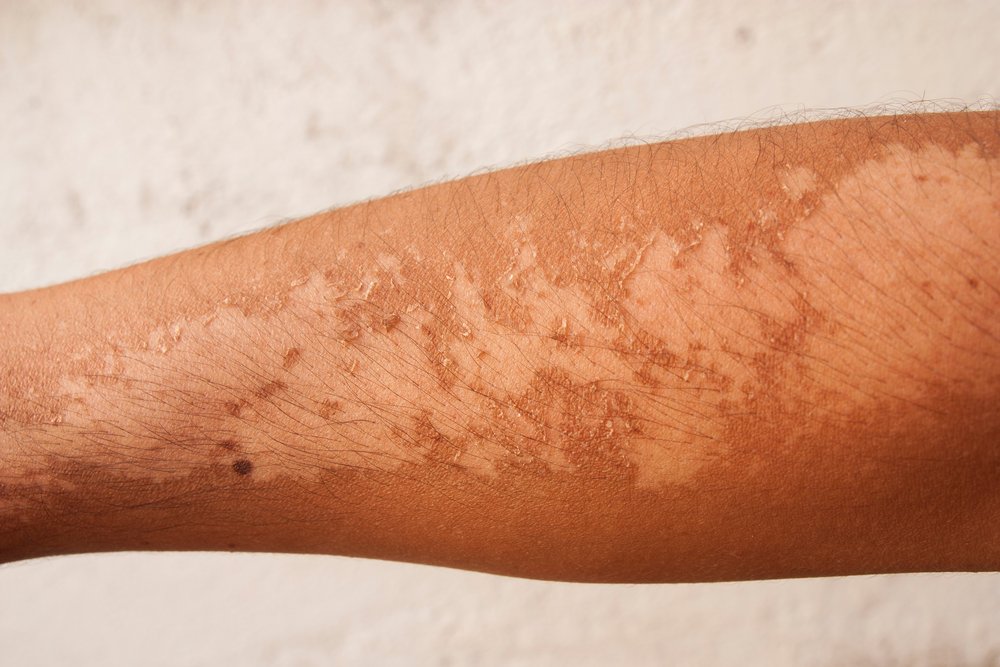
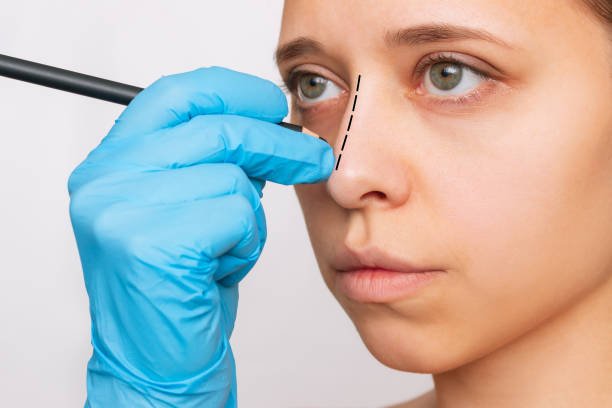
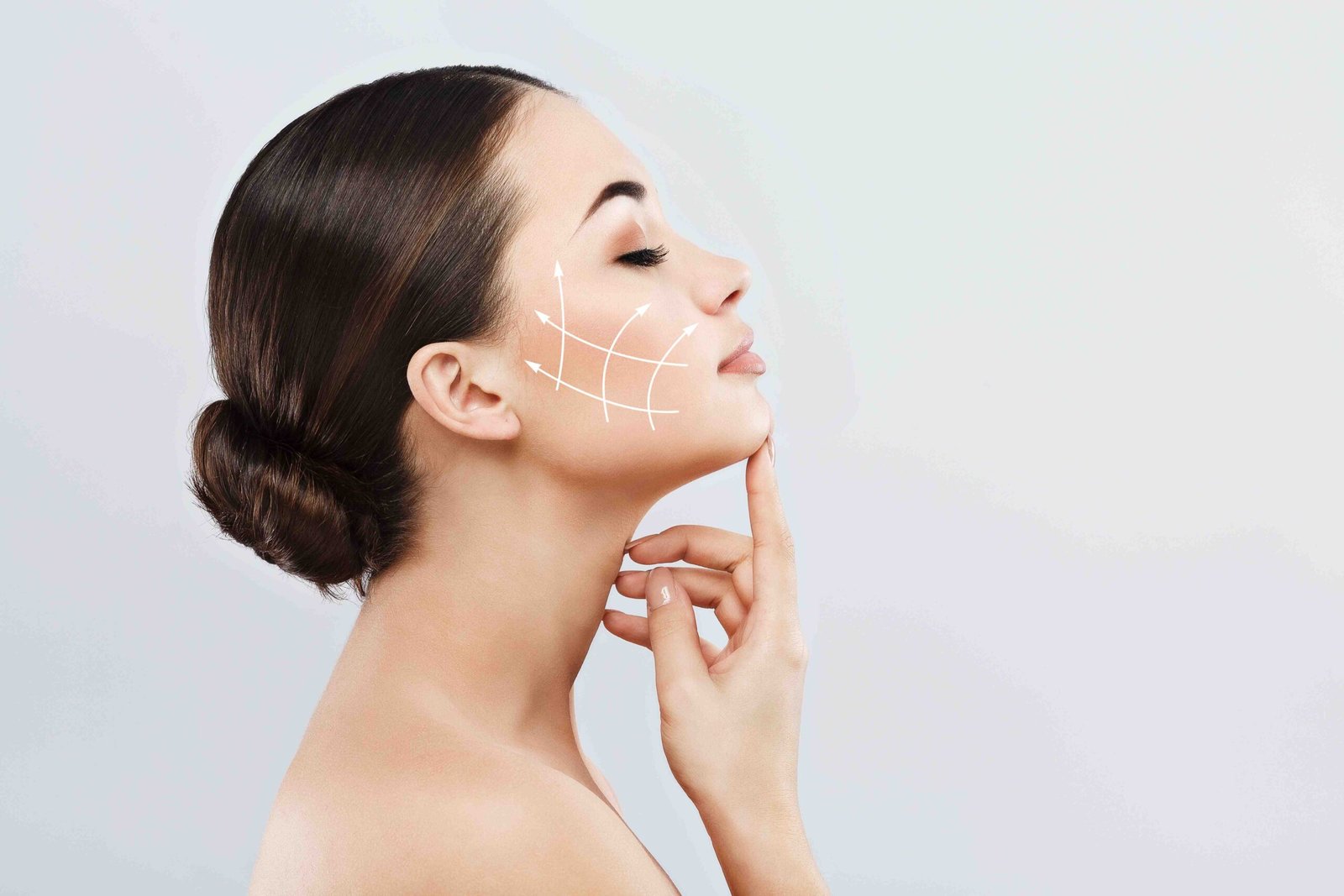
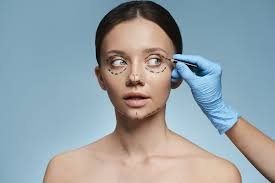

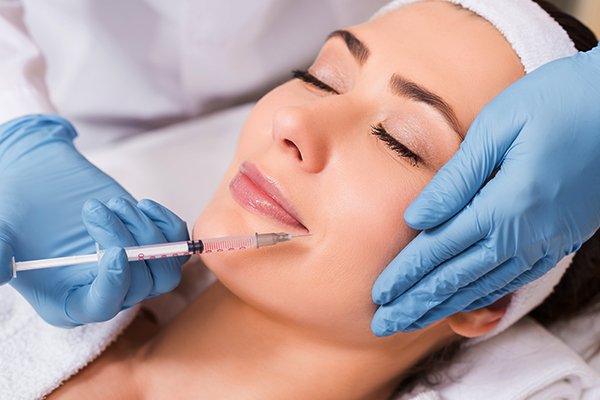
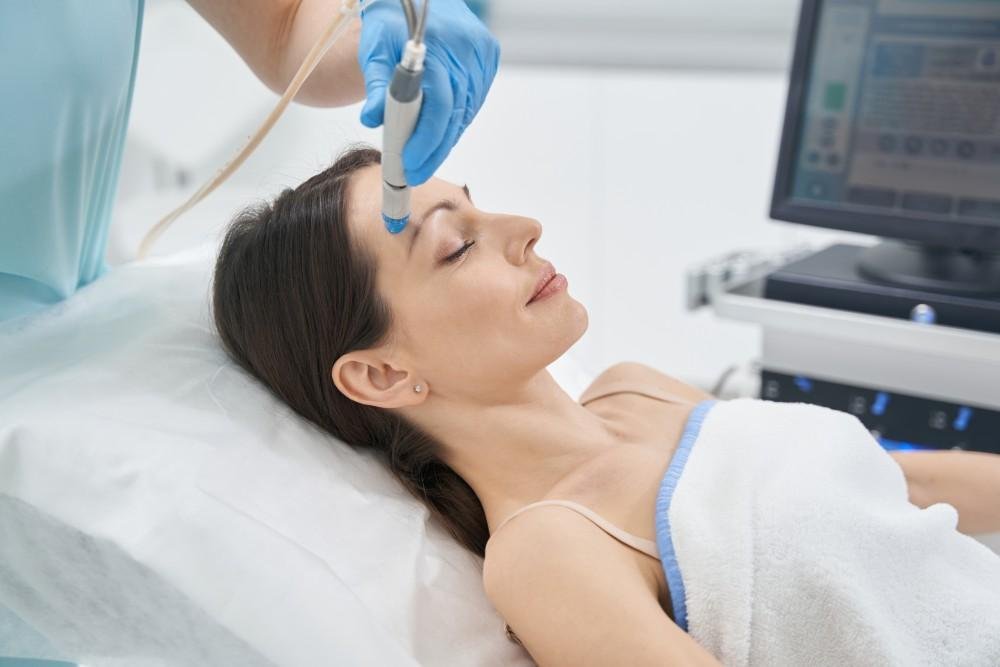

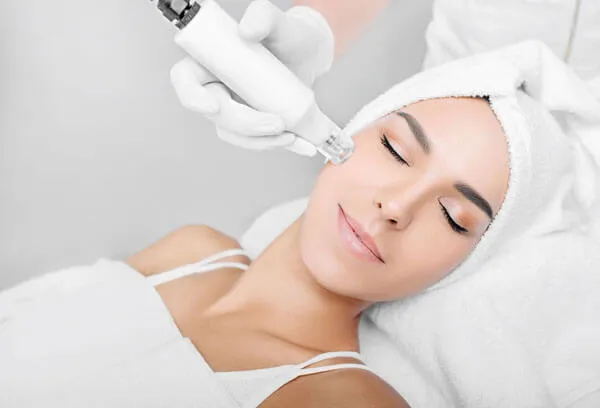
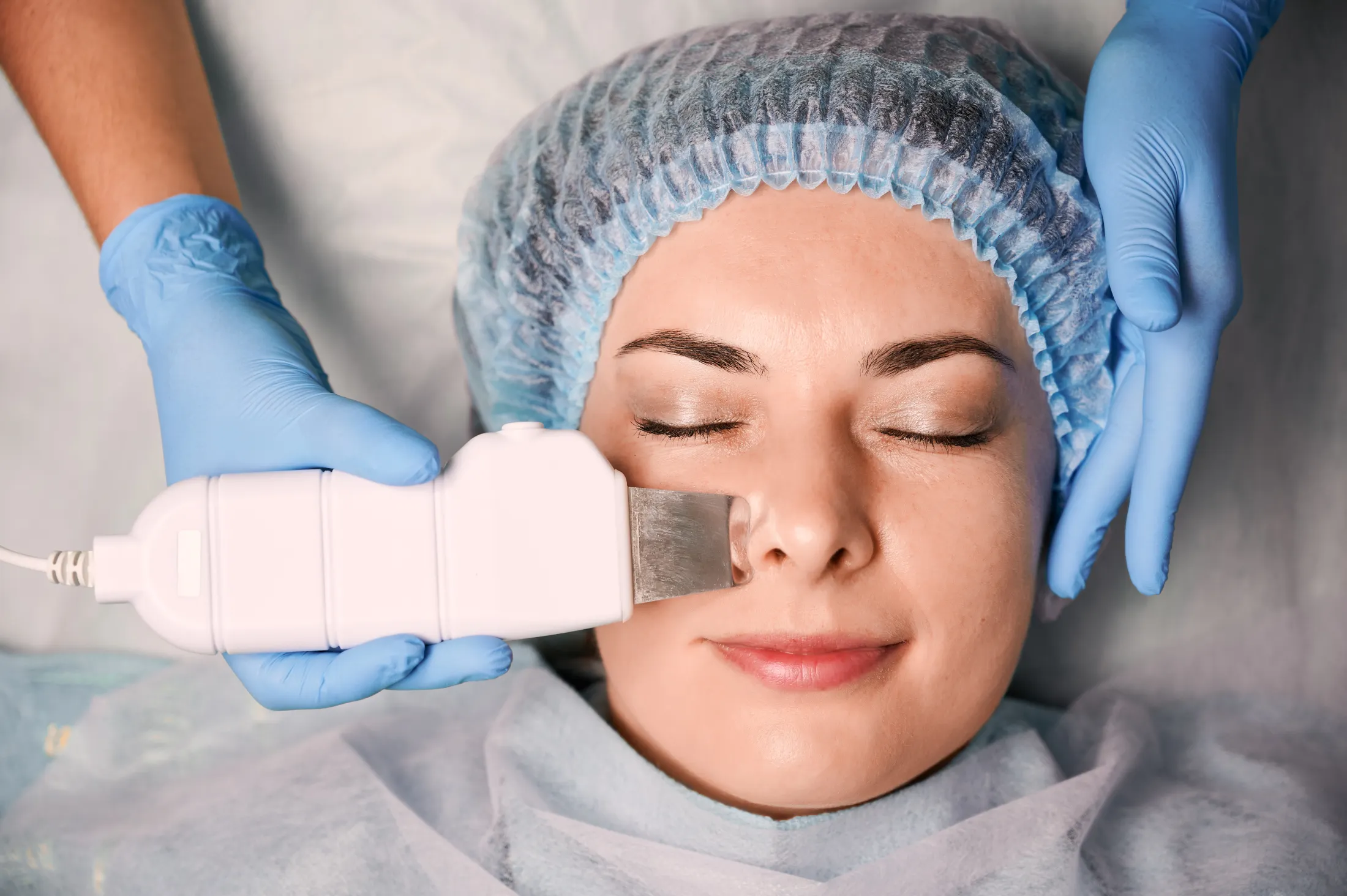
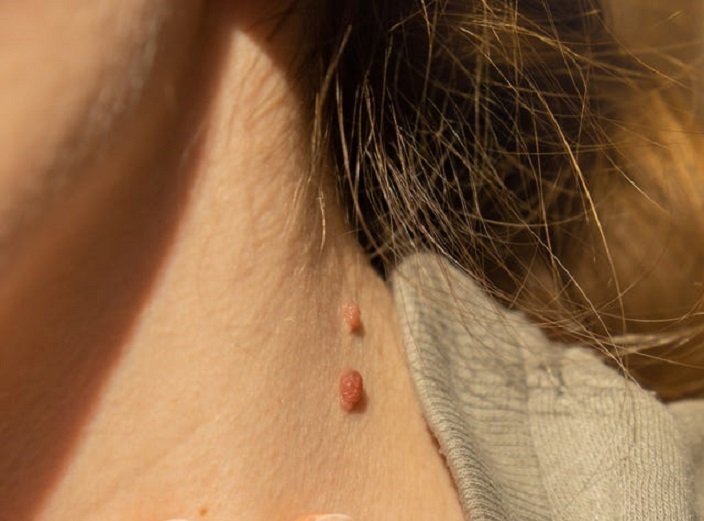
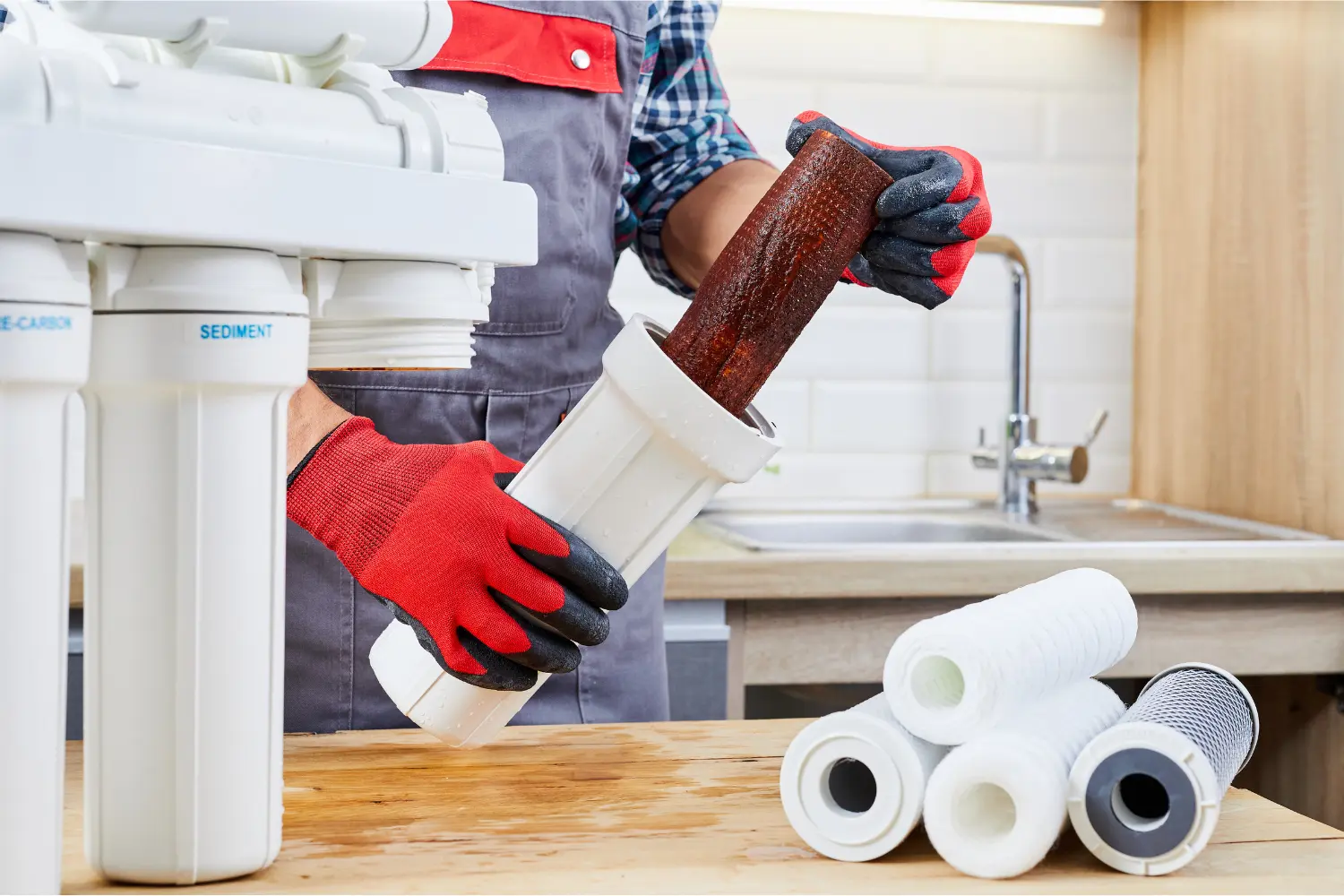



Leave a Reply